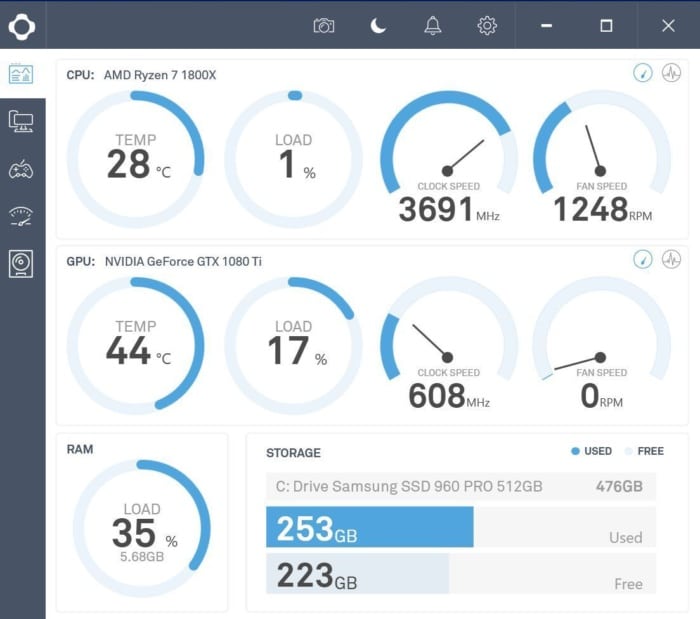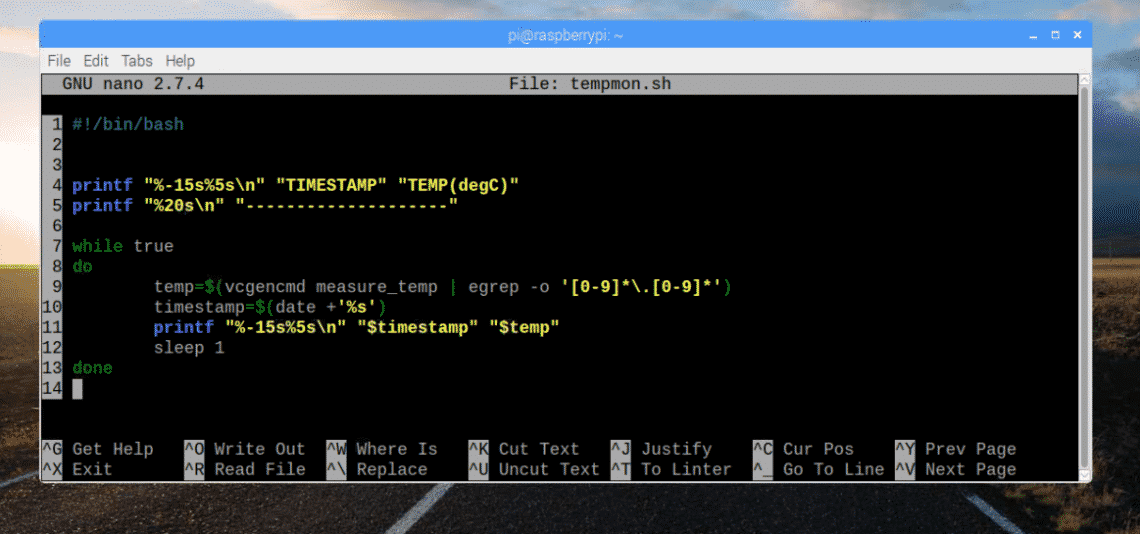

You'll see periodic logs like the following (I've removed the date and hostname): sensord: Chip: acpitz-virtual-0 That way you can also set up alerts to be notified when things start going wrong.Įxpanding on the sensord example, you can find its output in the system log, with sensord as the process name so either look for sensord in /var/log/syslog (by default), or run journalctl -u sensord. Once you've configured the various tools required to extract temperature information, you'd be better off using a proper monitoring tool (such as Munin) to log the temperatures instead of relying on the system logs. (Most of the systems I've seen have at least one, invalid, monitoring entry which would set off alarms if it was auto-configured!) Of course it's entirely possible to set up an installer image for your own systems since you know what they are and how they're configured.

This configuration requirement means that it would be difficult to set up a generic distribution which logs temperatures by default in a meaningful way. Many other tools can retrieve this type of information (using IPMI, SNMP, etc.) but again in most cases they need to be configured, either to be able to access the information in the first place, or to be able to interpret it, or both. Taking Debian as an example, sensord will periodically log all the information it knows about (system temperatures, voltages etc.) to the system log, but it needs to be configured manually before it can log anything useful hddtemp can be set up to periodically log hard drive temperatures. Most mainstream Linux distributions do include various packages which can log temperatures, and some of these packages are set up to log by default. Please also note that after most configuration changes you will need to restart the Agent for the changes to take effect.I'm not aware of a mainstream Linux distribution which logs this type of information by default. It is recommended to use this way for configuring Netdata. To edit configuration files in a safe way, we provide the edit config script located in your Netdata config directory (typically is /etc/netdata) that creates the proper file and opens it in an editor automatically. You can do so by using the edit config script. To enable the collector, you need to edit the configuration file of charts.d/nf. The sensors collector is disabled by default. One chart for every sensor chip found and each of the above will be created. The plugin will create Netdata charts for: The values graphed are the raw hardware values of the sensors. This plugin will provide charts for all configured system sensors, by reading sensors directly from the kernel. Jobs, is more efficient and performs calculations on top of the kernel provided values. for RPi temperatures).įor all other cases use the Python collector, which supports multiple Use this collector when lm-sensors doesn't work on your device (e.g.


 0 kommentar(er)
0 kommentar(er)
